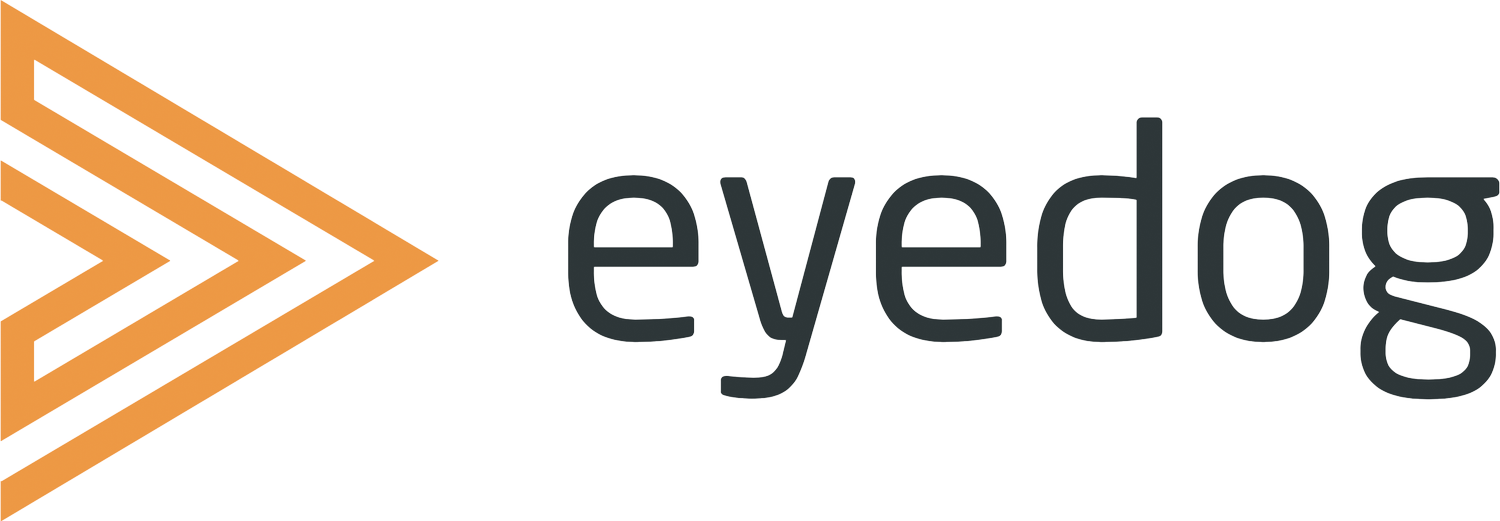How Mathematics Helps Us to Guide Patients in Hospitals
Dutch computer scientist Edsger Dijkstra (source Wikipedia)
At Eyedog, we take pride in being able to model every possible situation. Over the years, we have encountered the most complex layouts and unusual scenarios. You can rest assured that we evaluate every single meter of a hospital to configure the best possible navigation experience.
We do not rely on third-party mapping software. We own every single part of the intellectual property. This gives us the flexibility to make changes in our modeling system whenever we believe it adds value for our clients.
Eyedog is the only system that models hospital environments with such precision. It is also the only solution that can be fully tested before going live. Thanks to a continuous feedback loop over the past ten years, we have built dozens of features into the platform that allow us to fine-tune the navigation system down to the meter. As a result, Eyedog just works, every step of the way.
We account for architectural details like elevators that open on different sides depending on the floor, elevator buttons that require specific instructions, air bridges connecting level two in building A to level five in building B, corridors that close based on timed schedules, temporary reroutes affecting thousands of paths, or entrance closures that follow a time plan. We also support detailed instructions such as how to request access at secure doors.
But it goes beyond architecture. We also model routes based on services and individual preferences. For example, appointments that require both central and decentral check-in, whether staffed or unstaffed. Or appointments that are only centrally managed or only decentral, depending on the situation. We can even configure this on a per-patient level. For example, one patient may be required to check in centrally before visiting orthopaedics, while another patient for the same department may be allowed to go directly to their destination.
Some routes are generated to include a stop at a restroom, others provide the most direct path. We adapt routes based on language choice, accessibility needs, or whether a patient requires a barrier-free route.
So How Do We Do All Of This?
People generally prefer to take the path that requires the least amount of effort (Butler, 1993). That is why we always provide the shortest route unless there is a clear reason not to. Sometimes a slightly longer route is actually better. It may be easier to follow, contain fewer turns, avoid narrow corridors, or steer clear of sensitive zones that are only meant for authorized traffic.
We take all of this into account in our configuration.
In each hospital, we offer thousands of routes. In large hospitals, this can go up to fifty thousand. We do not store them all. Instead, they are generated in real time, typically within a hundredth of a second when the route is requested.
Math To The Rescue
We use the Shortest Path algorithm developed by Dutch computer scientist Edsger Dijkstra.
To do this, we first load all the hospital’s floor plans into our platform and align them vertically. From there, the Eyedog platform constructs a local Cartesian coordinate system. Every object added to the floor plans is automatically geocoded within that space.
This local coordinate space is then matched to global latitude and longitude coordinates. Using Euclidean distance calculations, we can determine the exact distance between any two points in the space, which serves as a digital representation of the hospital layout.
Calculating the distance between any point in a 3D space: The Euclidian Distance
Shortest Path Algorithm in action
Within this Euclidean model, we define wayfinding paths that include corridors, elevator shafts, escalators, staircases, waiting rooms, check-in areas, and other architectural elements that affect how people move through the hospital.
As a result, we can calculate the most optimal route between any two points in the hospital, regardless of the architectural complexity or operational constraints. And because our system reacts in real time, patients always receive the best route available at that very moment.



